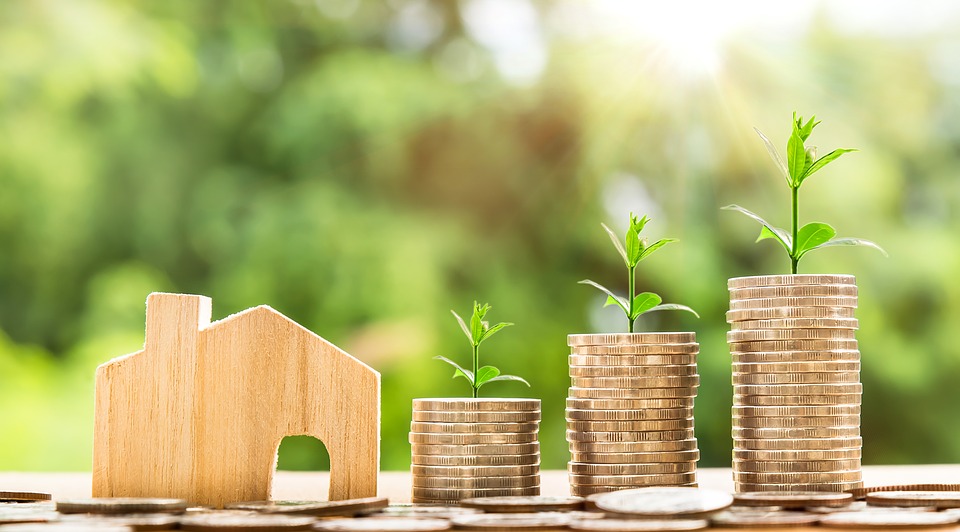HMRC has now taken in £6.1bn from inheritance tax (IHT) receipts since April 2021, new figures have confirmed.
This total, for the period up until the end of March 2022, is £700m higher than in the same period a year earlier.
Last month, HMRC reported that IHT receipts totalled £5.5bn for the period from the start of the current tax year up to the end of February – meaning a further £600m in IHT was raked in by the government during March.
This takes the total IHT receipts received by HMRC in the first three months of the year to £1.5bn, after the latest figures follow the reported £400m in IHT receipts during January, and £500m in February.
“Tax on death is not just for the very wealthy,” commented CEO and founder of Wealth Club, Alex Davies.
“Rising house prices, especially in the southeast and London, have pushed many homeowners over the IHT threshold, not helped by the fact that both the nil rate band and resident nil rate band (RNRB) have been frozen until at least April 2026. The revenue generated from IHT plays an important part in the government’s spending programme.
“The good news is that there are a number of ways that people can legitimately reduce, or even potentially wipe out an estate’s IHT liability. This means that more can be passed on to loved ones without the government taking a sizeable cut and without losing control of your assets in your lifetime.”
Chartered financial planner at Quilter, Rosie Hooper, added: “With thresholds frozen, the increase in IHT revenue is viewed as a stealth tax, as more and more people are dragged into the IHT net following the sale of their homes.
“This tax year, you can pass on £175,000 of your property tax-free, which is effectively doubled to £350,000 when combined with the allowance of your spouse or civil partner. That’s layered on top of your IHT allowance – or nil rate band – of £325,000, meaning it is possible to pass on £1m inheritance free as a couple.
“However, the RNRB only works for those with direct descendants to inherit the family home, while the UK’s six million cohabitees are less fortunate and cannot claim the combined allowances.
“There are other ways to reduce your IHT exposure, such as gifting to family members. Each tax year you can give away up to £3,000 worth of gifts with your annual exemption, so as a couple you could gift £6,000 a year. In addition, there is no limit on excess income – above expenditure – that can be gifted. Unfortunately, gifting allowances have failed to keep up with inflation, and the currently soaring inflation rates will do little to help matters in terms of IHT bills.”
Latest News
-
Inflation falls to lowest rate since March
-
Annual house price growth dips to 1.7% – ONS
-
IMLA forecasts sustained growth for mortgage market
-
Majority of intermediaries see Govt policy as biggest risk to mortgage market
-
Firms mustn’t neglect vulnerability when offering targeted support – MorganAsh
-
Integrity365 acquires Brooks Wealth Management
Perenna and the long-term fixed mortgage market

Content editor, Dan McGrath, spoke to head of product, proposition and distribution at Perenna, John Davison, to explore the long-term fixed mortgage market, the role that Perenna plays in this sector and the impact of the recent Autumn Budget
The role of the bridging market and technology usage in the industry
Content editor, Dan McGrath, sat down with chief operating officer at Black & White Bridging, Damien Druce, and head of development finance at Empire Global Finance, Pete Williams, to explore the role of the bridging sector, the role of AI across the industry and how the property market has fared in the Labour Government’s first year in office.
NEW BUILD IN FOCUS - NEW EPISODE OF THE MORTGAGE INSIDER PODCAST, OUT NOW

Figures from the National House-Building Council saw Q1 2025 register a 36% increase in new homes built across the UK compared with the same period last year, representing a striking development for the first-time buyer market. But with the higher cost of building, ongoing planning challenges and new and changing regulations, how sustainable is this growth? And what does it mean for brokers?
Does the North-South divide still exist in the UK housing market?

What do the most expensive parts of the country reveal about shifting demand? And why is the Manchester housing market now outperforming many southern counterparts?
In this episode of the Barclays Mortgage Insider Podcast, host Phil Spencer is joined by Lucian Cook, Head of Research at Savills, and Ross Jones, founder of Home Financial and Evolve Commercial Finance, to explore how regional trends are redefining the UK housing, mortgage and buy-to-let markets.
In this episode of the Barclays Mortgage Insider Podcast, host Phil Spencer is joined by Lucian Cook, Head of Research at Savills, and Ross Jones, founder of Home Financial and Evolve Commercial Finance, to explore how regional trends are redefining the UK housing, mortgage and buy-to-let markets.
© 2019 Perspective Publishing Privacy & Cookies











Recent Stories